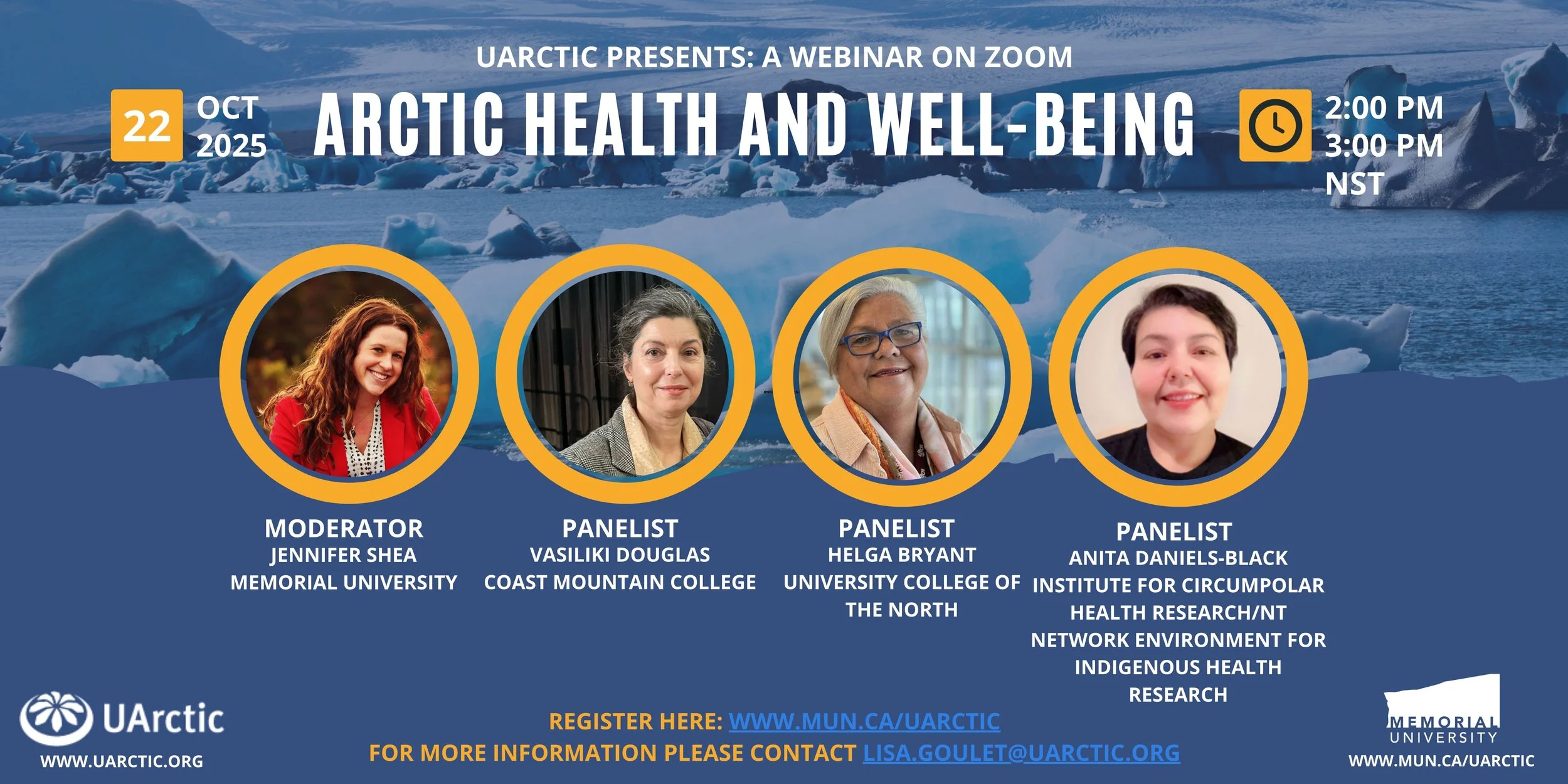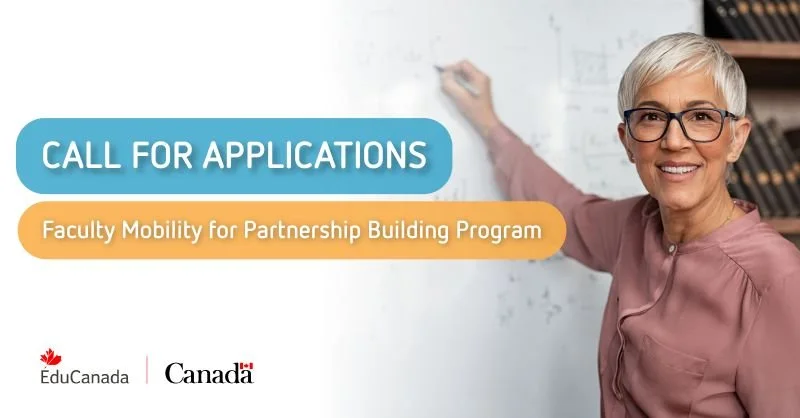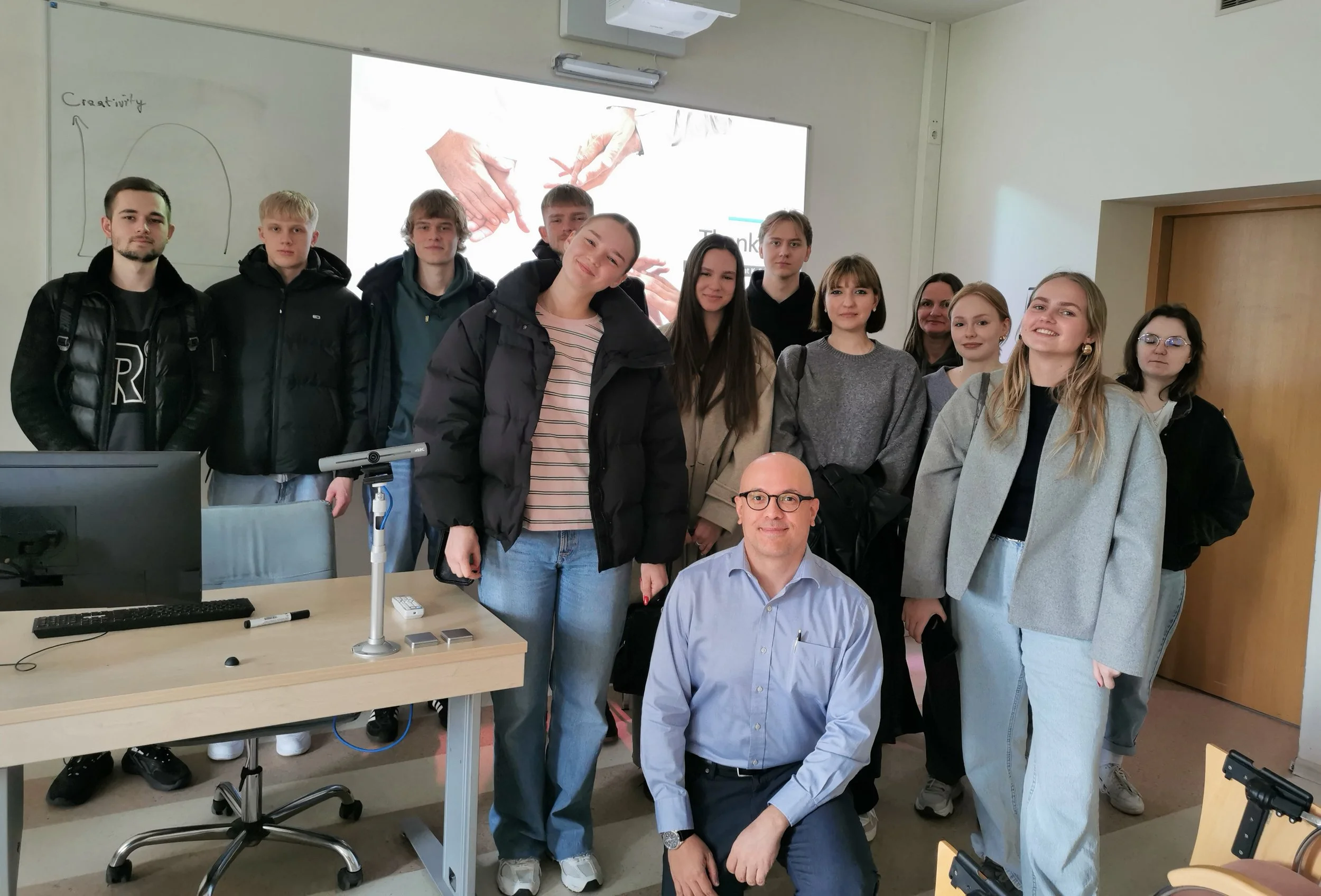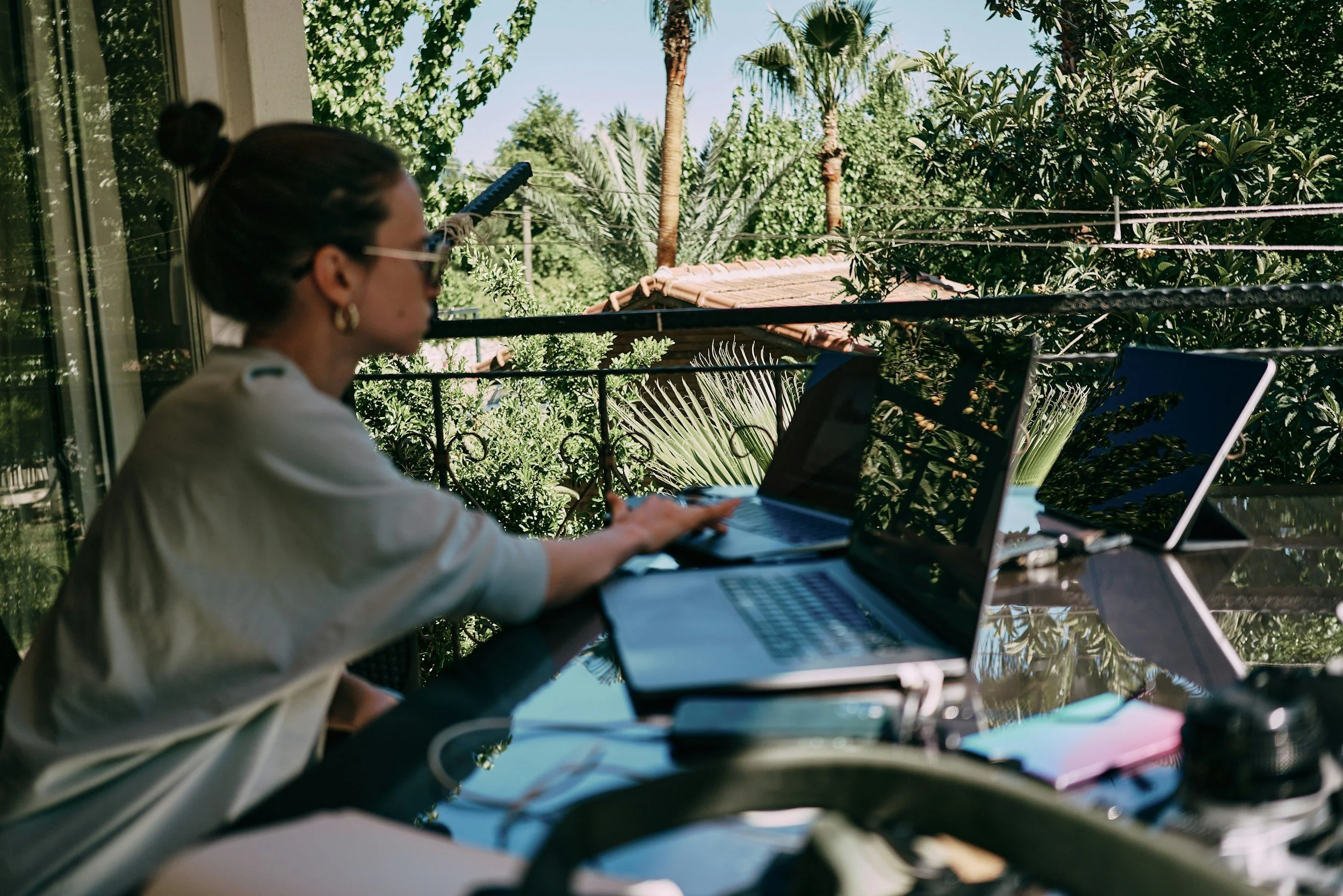Some words seem very similar but have extremely different meanings and uses. Here are some commonly confused words with notes on how context dictates correct use.
It’s and Its
It’s is a contraction of it and is.
E.g. It’s very difficult to get to school on time when there is traffic.
The rule is that if the intended meaning is “it is”, then use an apostrophe (it’s). If the meaning is “belongs to it”, then do not use an apostrophe (its).
Use it’s when speaking with friends or in informal writing. Contractions are considered informal, as a result they are not used in an academic papers. Instead use it is.
Its is a possessive (indicating ownership or possession).
E.g. The car’s brakes are old. Its brakes are old. (Its replaces The car’s)
Its can be confusing because most other possessive forms use an apostrophe. However, this is an exception to the rule.
Than and Then
Than is for comparing two or more things.
E.g. I would rather walk than run.
Then refers to time or a sequence of events. Use then when listing the order in which something is to be completed.
E.g. Walk to the bottom of the hill, and then turn right. (Sequence)
I had lunch, and then I went for a walk. (Time)
Affect and Effect
Affect describes a process that acts upon something else or produces a change. Affect is most often used as a verb. Some examples:
E.g. My roommate’s loud music affects my ability to study.
The loss of their star player negatively affected the team’s performance.
Note: The form affective is generally limited to influences upon emotions or as a term in psychology. For example, some affective disorders are caused by a lack of sunlight.
Effect describes an outcome or result. Effect is most often used as a noun.
E.g. The effect of my roommate’s loud music was that I could not study.
Losing the first game of the season had a terrible effect on the team’s morale.
Note: The form effective is used when referring to the success of a result. For example, my roommate’s music was so loud that even using earplugs wasn’t effective.
That and Which
That refers to only part of a larger group or category.
E.g. Businesses that cheat their customers are unethical.
Years that have an extra day in February are called ‘leap years.’
Which introduces information about a whole group, category or thing. Which is generally used to offer clarification or supplementary information and will often be set apart with commas.
E.g. Businesses, which are money-making organizations, are important to our society.
Years, which measure Earth’s orbit around the sun, are normally 365 days long.
Which can also be used at the end of a sentence to clarify or explain the beginning.
E.g. The book was on the bestseller list for months, which suggests that it is good.
They’re, There, and Their
They’re is a contraction of they and are.
E.g. They’re eating pizza.
The rule is that if you mean they are, then use an apostrophe (they’re). Like it’s, use they’re when speaking with friends or in informal writing. As contractions are considered informal, do not use they’re when writing an academic paper.
There refers to place.
E.g. The library is over there.
To remember that this there refers to place is to keep in mind that here (another word referring to a place) is found within there.
Their is possessive (indicating ownership or possession).
E.g. My friends want to live at my house because their homes are haunted.
Their can be confusing because most other possessive forms use an apostrophe. However, similar to its, this is another exception to the rule.




















